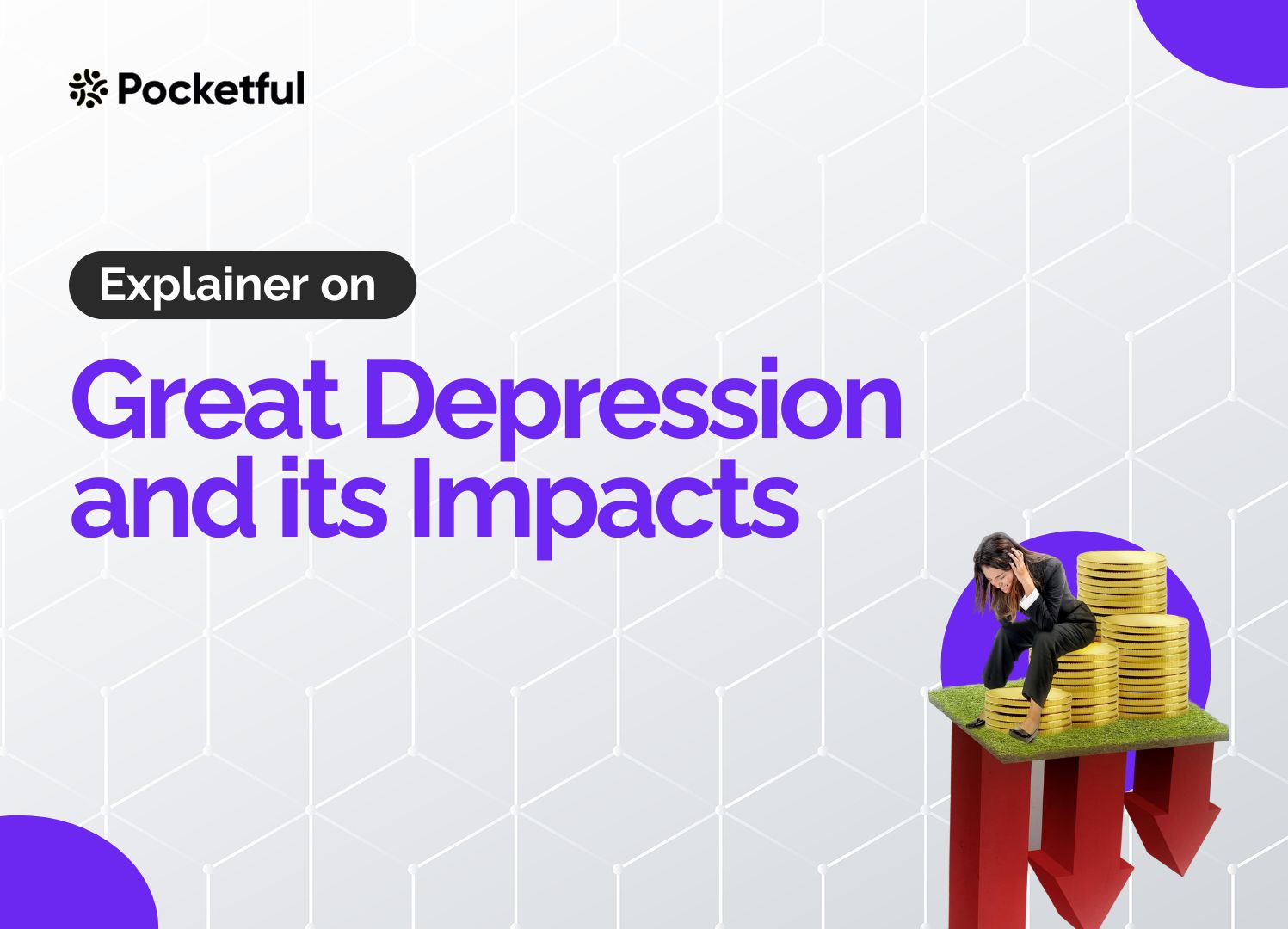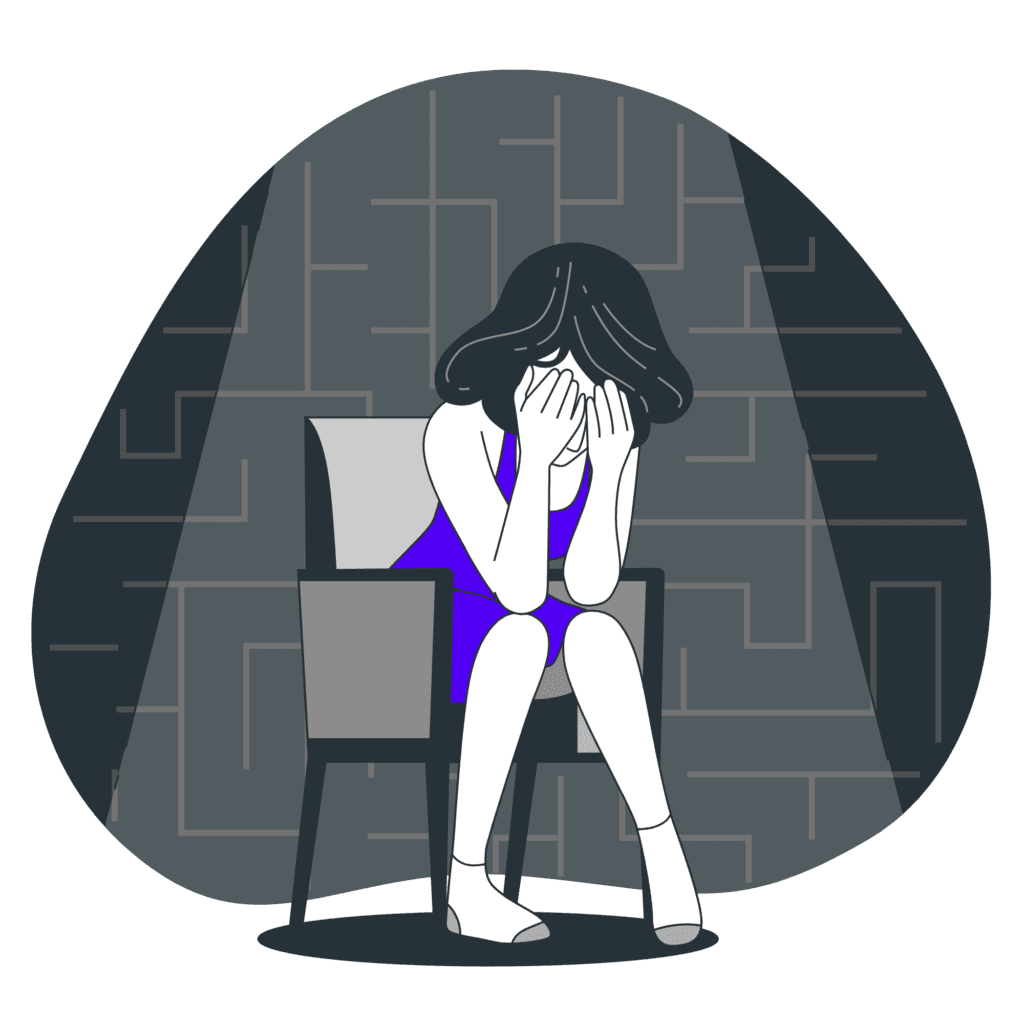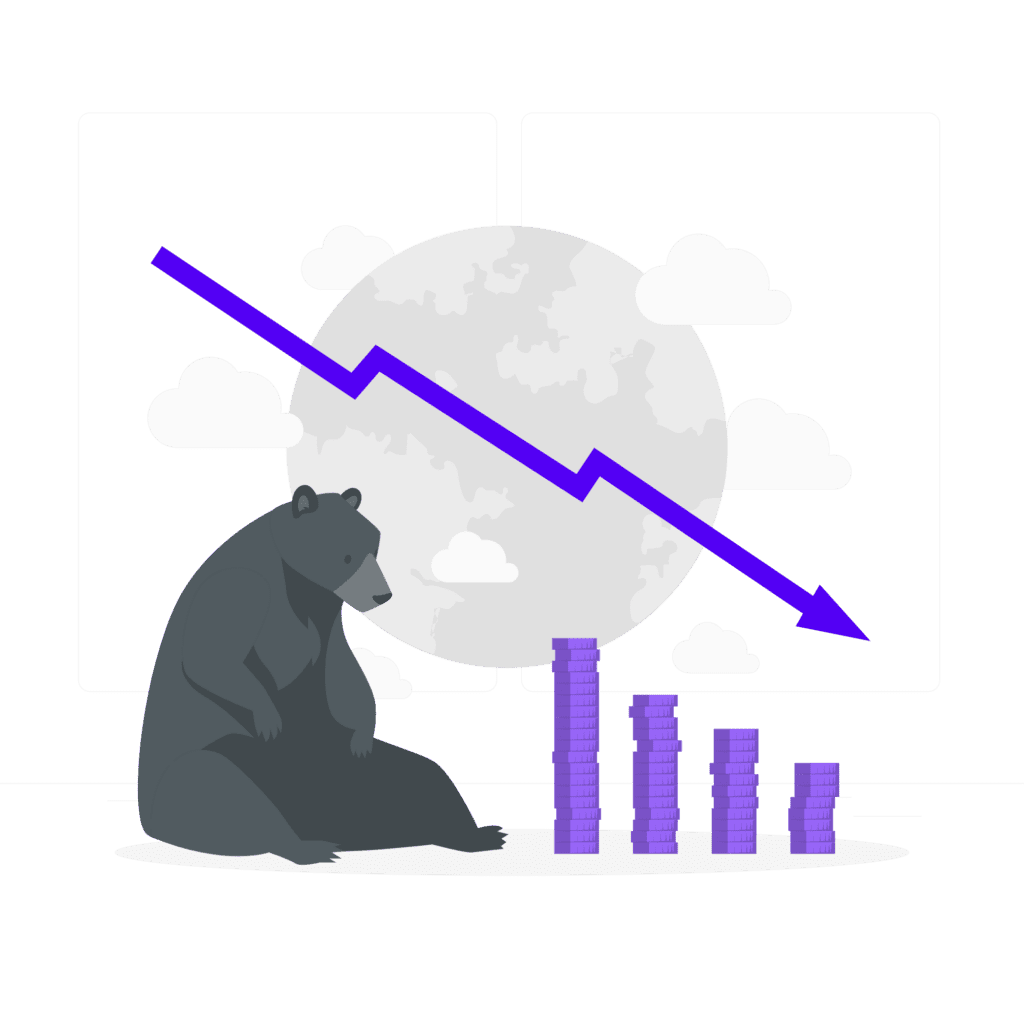| Type | Description | Contributor | Date |
|---|---|---|---|
| Post created | Pocketful Team | May-03-24 |
Read Next
- Tata Technologies Vs TCS: Which is Better?
- Tata vs Reliance: India’s Top Business Giants Compared
- HCL Vs Infosys: Which is Better?
- Wipro Vs Infosys: Which is Better?
- Voltas vs Blue Star: Which is Better?
- SAIL Vs Tata Steel: Which is Better?
- JK Tyre Vs CEAT: Which is Better?
- Lenskart Case Study: History, Marketing Strategies, and SWOT Analysis
- Parle Case Study: Business Model, Marketing Strategy, and SWOT Analysis
- Tata Motors Vs Ashok Leyland: Which is Better?
- Apollo Tyres Ltd. vs Ceat Ltd. – Which is better?
- Bajaj Finserv and Bajaj Finance: Which is Better?
- CRED Case Study: Business Model, Marketing Strategy, Financial, and SWOT Analysis
- Haldiram’s Case Study: Business Model, Marketing Strategy, Financial, and SWOT Analysis
- BHEL vs BEL -Best Defence and Manufacturing Sector Stocks
- Meesho Case Study – Key Stats, SWOT Analysis & Marketing Strategy
- Asian Paints vs Berger Paints – Which is Better?
- Maruti Suzuki India Vs Hyundai: Which Car Stock is Better?
- Devyani International Vs Sapphire Foods – Which is Better?
- Ather Energy Case Study: Business Model, Financials, and SWOT Analysis
- Blog
- great depression
What Was the Great Depression? Impact & Causes

The Great Depression – A phrase that conjures images of bread lines, dust storms, and despair. But what exactly caused this economic catastrophe? And what can we learn from it today?
In this blog, we will deep dive into the Great Depression, exploring the factors that led to its outbreak.
The Great Depression – An Overview

The Great Depression was a severe global economic downturn that lasted from 1929 to roughly the late 1930s. It was the longest and most severe depression ever experienced by the industrialised Western world, sparking fundamental changes in economic institutions, macroeconomic policy, and economic theory.
It began in the United States with the stock market crash of 1929. The crash triggered the unemployment rates. By 1993, one-quarter of all workers in the United States were unemployed.
The effects were felt around the world. International trade declined and agricultural prices collapsed, leading to social unrest and political instability in many countries.
Before we proceed further, let us have a quick review of what Depression means in economics.
Depression is a severe downturn in economic activity that is marked by a sharp decline in economic growth (GDP falls significantly), high unemployment as businesses cut back production, leading to job losses, and deflation because prices may fall or stagnate due to weak demand and reduced investment and trade.
Causes of the Great Depression
The Great Depression was not caused by a single factor, but rather a confluence of issues. Below mentioned are some of the key contributing factors that economists generally agree upon:
- Stock Market Crash of 1929 – The Roaring twenties saw a massive stock market bubble fuelled by speculation and easy credit. When the bubble burst in October 1929, it wiped out billions of dollars in wealth and triggered a wave of panic selling. This loss of confidence led to a sharp decline in consumer spending and investment.
- Banking Panics and Deflation – The stock market crash caused many people to rush to banks and withdraw their savings, fearing bank failure. This led to the collapse of thousands of banks. The money supply shrank with fewer banks’ lending money, leading to deflation. Deflation discourages spending as people wait for even lower prices, further weakening the economy.
- Unequal Income Distribution – During the 1920s, much of the economic gains went to the wealthy, while wages for average workers stagnated. This meant that a large portion of the population had little disposable income to spend, limiting overall consumer demand.
- Government Policies – The government’s response to the crisis was also debated. Some argue that the Federal Reserve’s tight monetary policies worsened the situation by limiting the money supply. Additionally, the Smoot-Hawley Tariff Act of 1930 raised import taxes, sparking a trade war that further hampered international trade.
- Global Conditions – The international economy was interconnected, and the problems in the United States quickly spread to other countries. The gold standard, which fixed exchange rates between currencies, made it difficult for countries to respond to the crisis with independent monetary policies.
Effects of the Great Depression

The impact of the Great Depression was devastating, leaving deep scars on the global economy and society.
- With unemployment and economic collapse, many people lost their homes and faced hunger. Breadlines became a grim symbol of the era, with millions relying on soup kitchens and charities for basic needs.
- The event also marked a turning point in government intervention in the economy. The era saw the rise of programs like social security and unemployment insurance aimed at providing a safety net for citizens.
- Businesses failed at an alarming rate, leading to mass unemployment. In the US, unemployment peaked at a staggering 25% in 1993, meaning one in four workers was not able to find a job, which ultimately translated to widespread poverty and hardship.
- The economic downturn, coupled with severe drought conditions, led to an ecological disaster in the Great Plains of the United States. Millions of acres of fertile land were ravaged by dust storms, displacing farmers, and further crippling the agricultural sector.
- International Trade declined as countries turned inward, protecting their economies with tariffs and restrictions. This strangled global commerce and hampered economic recovery.
- The desperation caused by economic hardship led to social unrest and labour strikes. People demanded government action and reforms to alleviate their suffering.
- The depression took a severe psychological toll. The loss of livelihood, homes and sense of security led to widespread despair and hopelessness.
- The failure of existing economic systems led to a rise in new ideologies, including communism and fascism. These ideologies promised solutions to the economic crisis and gained popularity among people.
How did the Great Depression end?
There is no single answer to how the economic downturn ended. Gradual recovery and World War 2 suggest that the Great Depression gradually improved in the late 1930s, when US President Franklin D. Roosevelt aimed to create jobs, stimulate the economy, and provide relief to the unemployed.
However, full recovery remained elusive until World War 2 began in 1939. The massive mobilisation of resources and wartime spending boosted production and employment.
Regardless of the exact cause of its end, it left a lasting impact and fundamentally changed the role of the government in the economy.
Conclusion
The Great Depression left a profound mark on the world, shaping economies, societies, and governments. It serves as a stark reminder of the fragility of economic systems and the importance of sound economic policies and regulations. The Great Depression is a historical event that helps us understand the economy better and prevent future economic crises.
Frequently Asked Questions (FAQs)
- When did the Great Depression happen?
Ans. It generally lasted from 1929 to the late 1930s. - What was the Dust Bowl?
Ans. A severe ecological disaster caused by drought and economic hardship that destroyed the Great Plains. - What was the role of the government during the depression?
Ans. The era saw a rise in government intervention to provide some relief to the general public. - Which countries were affected by the Great Depression?
Ans. As the economies of many countries are linked together, the effects of the Great Depression were felt in almost the entire world. However, the countries such as the USA, the UK, and many European countries were severely affected by the Great Depression. - How did the Great Depression impact people’s lives?
Ans. Millions of people lost their homes, faced hunger, and suffered immense trauma because of the Great Depression.
Disclaimer: The securities, funds, and strategies mentioned in this blog are purely for informational purposes and are not recommendations.
Also give this a Read – Top Economic Indicators
Disclaimer
The securities, funds, and strategies discussed in this blog are provided for informational purposes only. They do not represent endorsements or recommendations. Investors should conduct their own research and seek professional advice before making any investment decisions.
Article History
Table of Contents
Toggle